I am VERY new to VBA.
I am trying to build a UDF function to parse comma delimited text in a cell into rows. I have a Sub that works fine, but requires a manual "run"; I want it to be a function.
Say I have in cell A1 the following string comma delimited string
M89-76,M64-62,M76-80
and I want to list each M... in a separate row cell. The sub code accomplishes this but requires a manual run; I need a UDF of the sub code so I can type =myUDF(A1) into B1 and the list of M...'s is returned in cells B1 through B3
Sub TransposeRange()
Dim rng As Range
Dim InputRng As Range, OutRng As Range
Set InputRng = Application.Selection.Range("A1")
Set InputRng = Application.InputBox("Range(single cell) :", xTitleId, InputRng.Address, Type:=8)
Set OutRng = Application.InputBox("Out put to (single cell):", xTitleId, Type:=8)
Arr = VBA.Split(InputRng.Range("A1").Value, ",")
OutRng.Resize(UBound(Arr) - LBound(Arr) + 1).Value =
Application.Transpose(Arr)
End Sub
